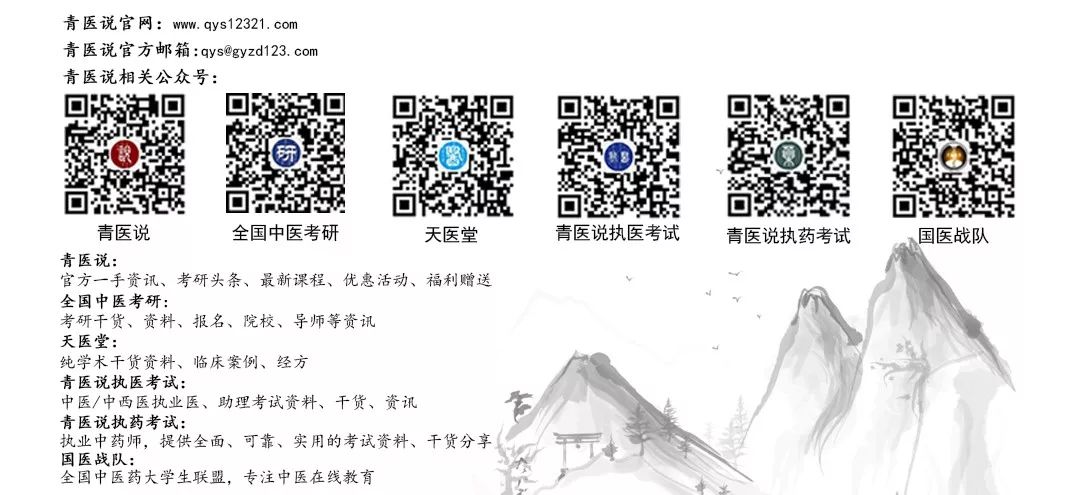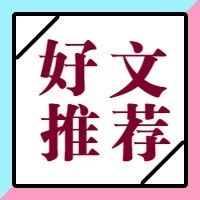Introduction: The presence or absence of sweating in external pathogenic diseases is crucial for recovery. However, when sweating does not resolve the condition, the external pathogenic factors are either “wind or dampness.” Pei Yongqing elaborated on his clinical thoughts and experiences regarding this matter.In treating external pathogenic surface conditions, doctors generally employ the “sweating method” to ensure that the patient sweats profusely, thereby expelling the pathogenic factors from the surface, as stated in the Suwen: “If it is on the skin, it should be expelled through sweating” and “If the body feels like it is on fire, sweating will disperse it.” For patients with external pathogenic diseases, whether or not they sweat directly relates to the resolution of the illness, highlighting the critical nature of sweating. However, in cases of external pathogenic surface diseases, two other scenarios often arise: first, after the patient is exposed to external pathogens, they may experience discomfort throughout the body, headaches, body aches, fever, and chills, while also sweating; yet, despite sweating, the fever and chills do not subside, and the surface symptoms do not diminish. Second, in patients with external pathogenic surface symptoms, when doctors use surface-releasing herbs, the patient follows the treatment protocol and sweats after taking the herbs, but the surface symptoms do not resolve. These two situations are what the ancients referred to as “sweating does not resolve.”Determining the cause of this type of “sweating does not resolve” in external pathogenic surface diseases has two possibilities: it is either due to external wind or external dampness. The ancients referred to this as “either wind or dampness.” For those with external wind, it is the well-known Taiyang Wind Syndrome described in the Shanghan Lun: fever, sweating, stiffness in the head and neck, aversion to wind, and a floating and relaxed pulse, treated with Gui Zhi Tang (Cinnamon Twig Decoction) or its modified formulas. In contrast, external dampness is often overlooked.Patients with external dampness experience heavy pain in the head and body, persistent fever without relief, sweating with aversion to cold, chest fullness, a white greasy tongue coating, and a floating, slippery, or thin pulse. If we lack sufficient understanding of external dampness in clinical practice and follow the general treatment methods for external pathogenic diseases, mistakenly using warming and sweating herbs or cooling surface-releasing herbs, it will be ineffective and may even cause the dampness to linger longer, potentially transforming into internal damp-heat.This phenomenon is not due to the difficulty in treating external dampness but rather our unclear understanding of it. Once recognized, administering aromatic damp-resolving agents (which is a method for treating dampness obstructing the surface or dampness in the upper jiao) will lead to a swift resolution of symptoms.In light of this, the ancients succinctly pointed out: “Sweating does not resolve, it is either wind or dampness,” to awaken future generations and guide those who follow. When treating external dampness, one must also consider whether it is biased towards cold, heat, or combined with internal damp-heat. For those with cold-dampness, one may choose Huo Xiang Zheng Qi San from the Taiping Huimin Heji Ju Fang; for those with heat-dampness, one may select Huo Po Xia Ling Tang from the Yi Yuan; and for those with combined internal damp-heat, one may use San Ren Tang from the Wen Bing Tiao Bian. Here, I will present a case for analysis. Patient Ren, male, 54 years old, of Mongolian ethnicity, a leader in a certain organization. He visited on December 22, 1989, complaining of having caught a cold while returning from a trip in the rain, followed by persistent fever for over two weeks, with body temperature fluctuating between 38°C and 39°C, peaking in the afternoon, accompanied by headaches, cough, and shortness of breath. During this time, he underwent multiple examinations and was diagnosed with viral influenza complicated by upper respiratory tract infection, receiving antibiotic treatment and several other medications, all without effect. He switched to imported medications and hormones, which also proved ineffective, and continued with traditional Chinese medicine, but his condition remained unchanged. After being referred by a friend, I examined him and noted the Chinese herbal formulas he had been taking, including modified Ma Xing Shi Gan Tang and Yin Qiao San.Upon examination, his complexion was dark yellow and dull, his voice was hoarse, and he revealed a history of alcohol consumption. He was sweating profusely and had persistent fever, dry mouth with no desire to drink, chest fullness, and shortness of breath, with yellow urine and loose stools. His tongue was enlarged with a white greasy coating, and his pulse was slippery and rapid. I diagnosed him with external dampness with a tendency towards heat. I immediately prescribed a modified San Ren Tang: 3g Huo Xiang, 10g Pei Lan leaves, 10g Xing Ren, 6g Bai Dou Kou, 30g Hua Shi, 30g Sheng Yi Ren, 6g Hou Po, 15g Ban Xia, 8g Tong Cao, 8g Zhu Ye, and 30g Lu Gen (not for its heat-clearing and fluid-generating properties, but to help disperse the heat externally and drain dampness downwards). The decoction was prepared with three doses, taken once daily in three warm doses.I instructed him to take the first dose every two hours, finishing within six hours. Indeed, after six hours, the patient called to inform me that his temperature had dropped to 36.6°C, and he only felt fatigue and a cough. I advised him to complete the remaining two doses, taking one daily in three warm doses. After finishing the three doses, the patient visited me in person, reporting that all symptoms had resolved, and he felt like a normal person. In my over 20 years of clinical practice, I have treated many cases of “sweating does not resolve, it is either wind or dampness” and have summarized my experiences as follows: 1.Only aromatic damp-resolving substances can thoroughly expel the pathogenic factors. If other medications are mistakenly administered, they will be ineffective and may deepen the condition, causing anxiety for both the doctor and the patient. 2.In diagnosis, one must focus on the main symptoms—sweating with persistent fever, heavy pain in the head and body, no thirst, a greasy tongue, and a slippery pulse. 3.While it is often seen during the hot and humid summer months or in individuals who have been in damp environments for extended periods, this is not absolute. In other seasons or in non-humid areas, it can also occur in those with a constitution prone to internal dampness, such as those who drink excessively, are overweight, or have a penchant for rich foods. The former situation belongs to external dampness, while the latter often involves external dampness combined with internal dampness. The treatment for both is generally similar. This case exemplifies external dampness combined with internal dampness, hence the use of modified San Ren Tang along with Huo Po Xia Ling Tang for treatment. The onset occurred in mid-winter, yet the treatment focused on dampness, based on the pulse and symptoms. Reviewing Wu Jutong’s Wen Bing Tiao Bian regarding the San Ren Tang syndrome: “Headache, aversion to cold, heavy body pain, white tongue without thirst, thin and slippery pulse, pale yellow complexion, chest fullness, lack of appetite, afternoon fever, resembling yin deficiency, difficult to resolve quickly, termed damp warmth. … The same method applies in the long summer, deep autumn, and winter. San Ren Tang is the main treatment.” This warns us that damp warmth syndrome should not be confined to specific seasons; similarly, external dampness should be treated accordingly, leading to swift results. The key lies in observing the pulse and symptoms, understanding the nature of the condition, and treating it accordingly. If dampness is present, treat the dampness, regardless of the season.
Previous Recommendations:
1.Acupuncture Treatment for Lumbar Disc Herniation
2.Analysis of Lin Daiyu’s Pulse Case in Dream of the Red Chamber
3.Methods for Acupuncture Treatment of Various Headaches, all here (purely practical content)
—THE END—▶ Copyright Statement:1. Source: Fifty Discussions on the Clinical Application of the Shanghan Lun by Pei Yongqing, published by Xueyuan Press, edited by a senior disciple.2. This platform aims to disseminate knowledge of traditional Chinese medicine, and copyright belongs to the relevant rights holders. We respect knowledge and labor; please retain copyright information when reprinting. If there are any improper uses, please feel free to contact us for negotiation. Contact (WeChat): gyzdxueshu3. We welcome submissions; submission email: [email protected]


 You have liked every thumbs up I received seriously.
You have liked every thumbs up I received seriously.

